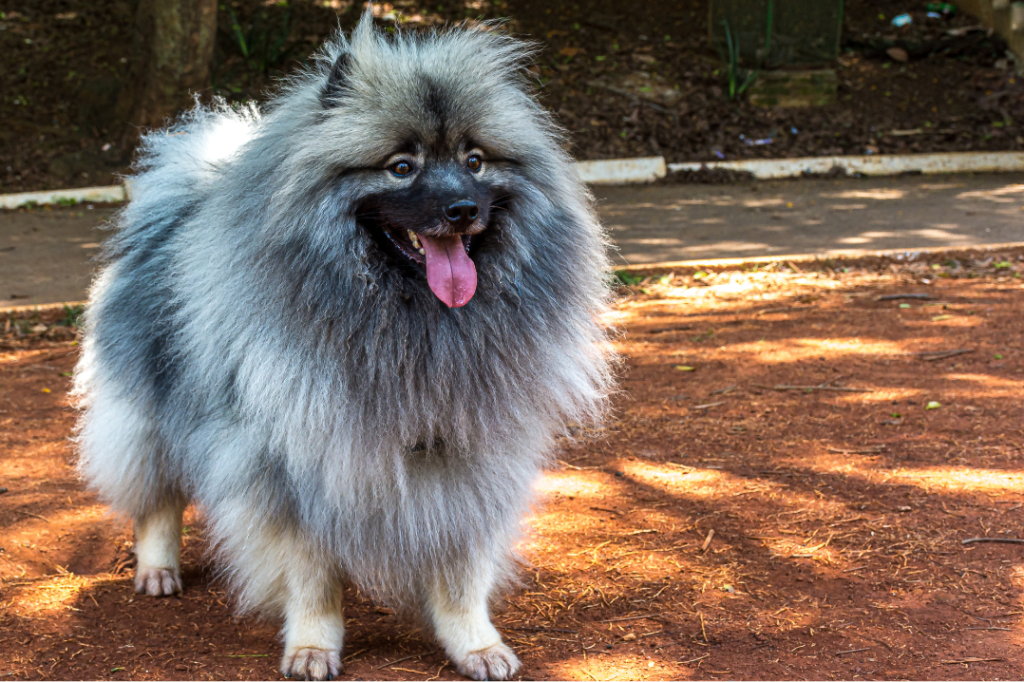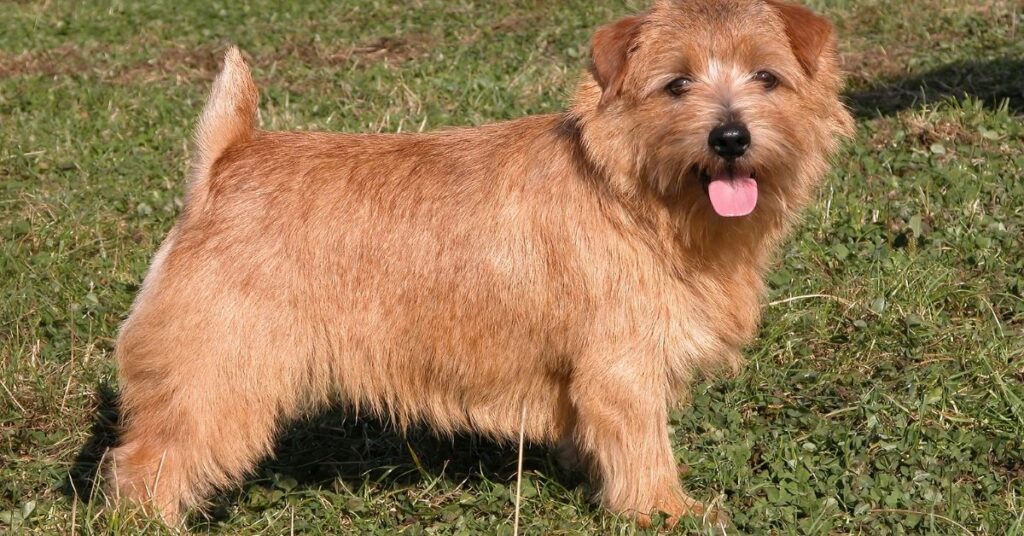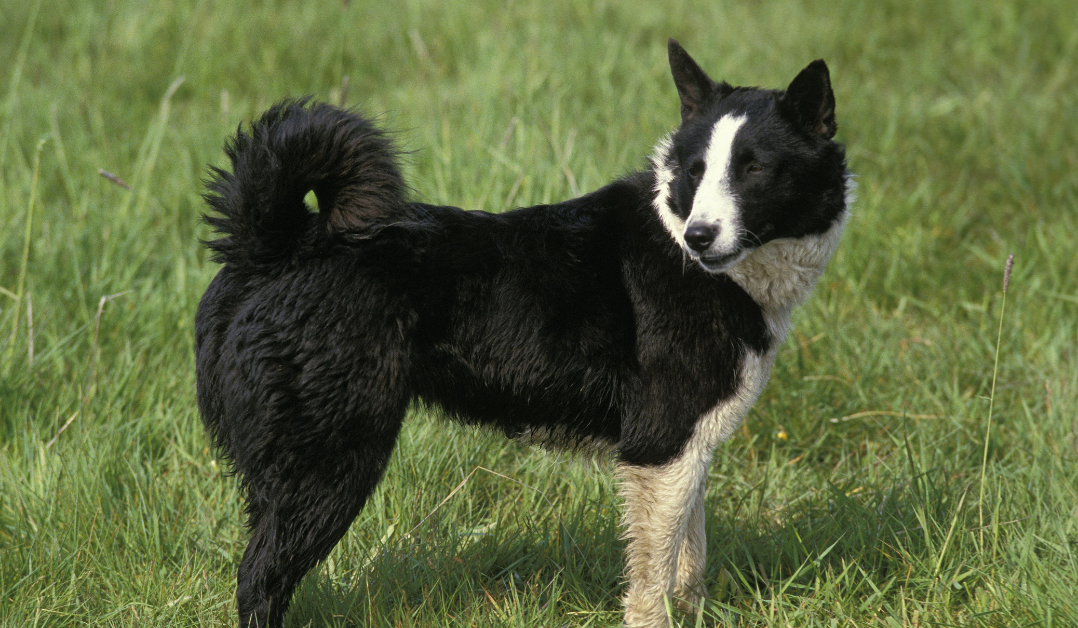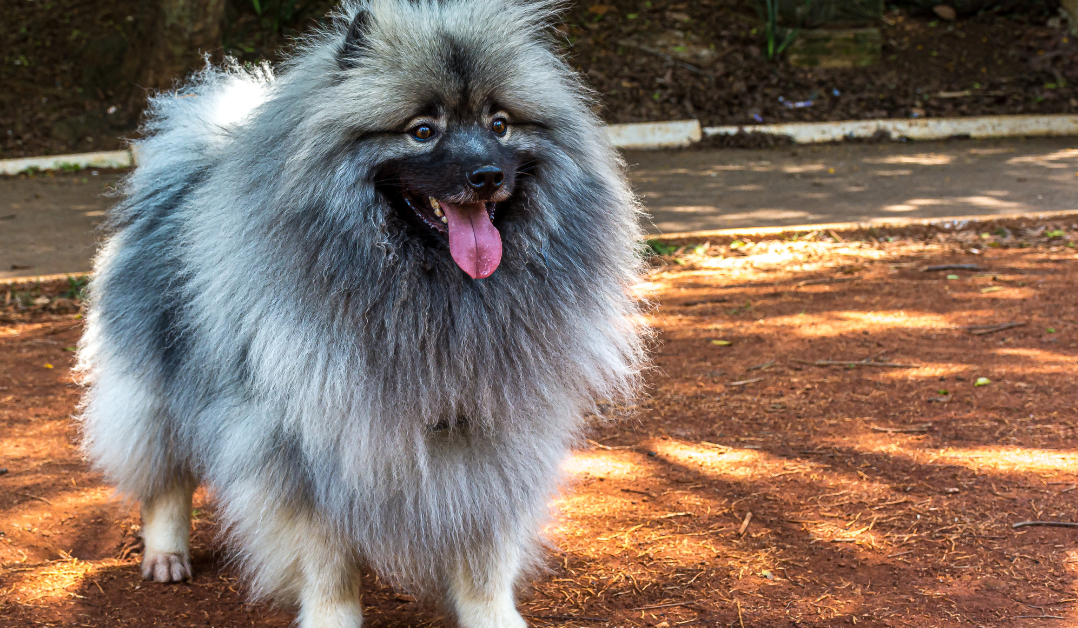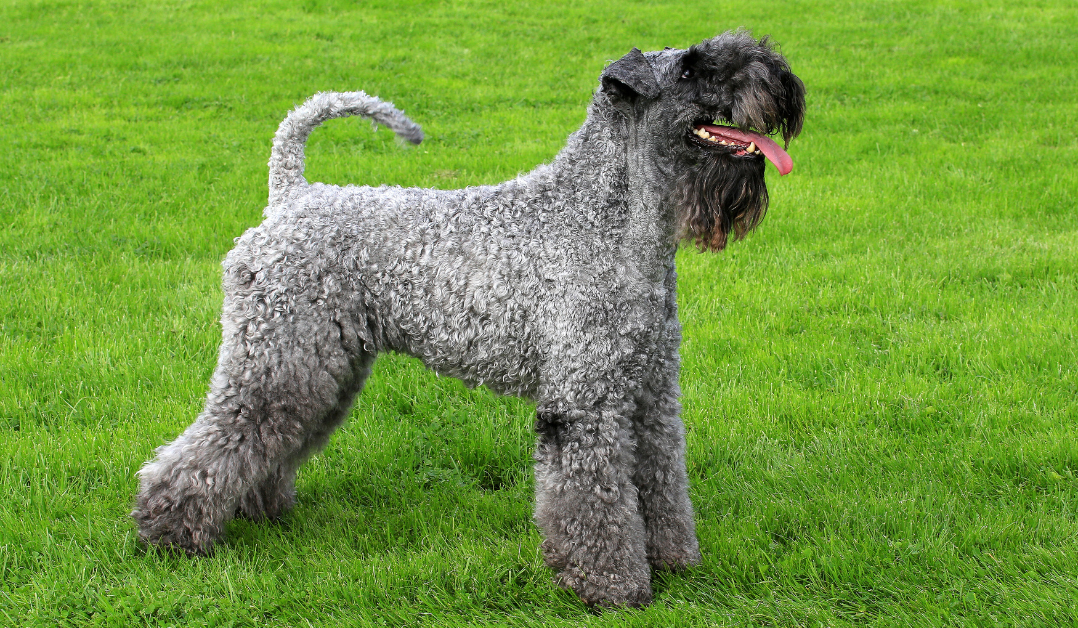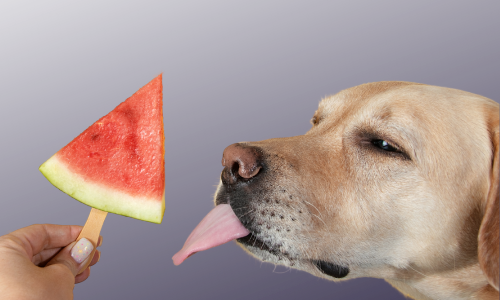The Keeshond is a medium-sized, friendly, and outgoing breed known for its striking appearance and affectionate nature. This comprehensive guide provides detailed information about the Keeshond, covering all aspects from breed characteristics to its history as a devoted companion and watchdog.
*Disclaimer: This Post May Contain Affiliate Links. This Means That I Receive A Small Commission At No Extra Cost To You Should You Click Through And Make A Purchase. Learn More On My Policy Page
Breed Characteristics
- Breed Category: Non-Sporting Group
- Size: Medium
- Coat Length: Long; thick and double-coated
- Shedding: High; seasonal shedding
- Hypoallergenic: No
- Grooming Requirements: High; regular brushing needed
- Life Span: 12-15 years
- Activity Level: Moderate
- Temperament/Personality: Friendly, affectionate, alert
- Intelligence: High
- Trainability: High; responds well to positive reinforcement
- Space Requirement: Medium; suitable for homes with yards
- Compatibility with Children & Other Pets: Good with proper socialization
- Health Issues: Prone to hip dysplasia, patellar luxation, and certain eye conditions
- Nutrition Needs: High-quality diet with balanced nutrients
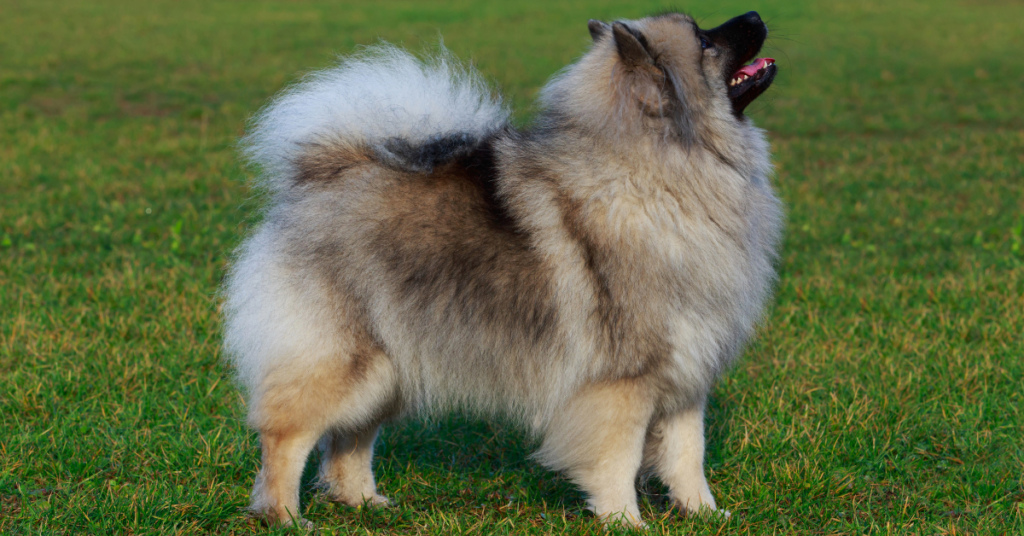
Origin and History
The Keeshond is an ancient breed with origins in the Netherlands, where it was bred as a watchdog and companion on Dutch barges. The breed was named after Cornelis (Kees) de Gyselaer, a Dutch patriot and leader of the rebellion against the House of Orange. The Keeshond became a symbol of the Dutch Patriots, and its popularity grew as a beloved companion and family dog. The breed was recognized by the American Kennel Club (AKC) in 1930 and has since become a popular breed for families and individuals.
Appearance and Physical Characteristics
The Keeshond is a medium-sized dog with a thick, double coat that gives it a striking and fluffy appearance. Males typically weigh between 35 to 45 pounds, while females weigh between 30 to 40 pounds. They stand about 17 to 18 inches tall at the shoulder. The breed’s coat is long and thick, with a distinctive ruff around the neck and a plume-like tail that curls over the back. Coat colors typically include shades of gray, black, and cream, with characteristic facial markings that resemble spectacles. The Keeshond’s plush coat and alert expression contribute to its charming and friendly appearance.
Temperament and Personality
Keeshonds are known for their friendly, affectionate, and alert nature. They are loyal companions that enjoy spending time with their family members and are often described as “people dogs” due to their love for social interaction. The breed is generally good with children and other pets, making it an excellent family dog. Keeshonds are playful and energetic, and they enjoy engaging in activities and playtime with their owners. They are also known for their vocal nature and may bark to alert their owners of strangers or unusual activities.
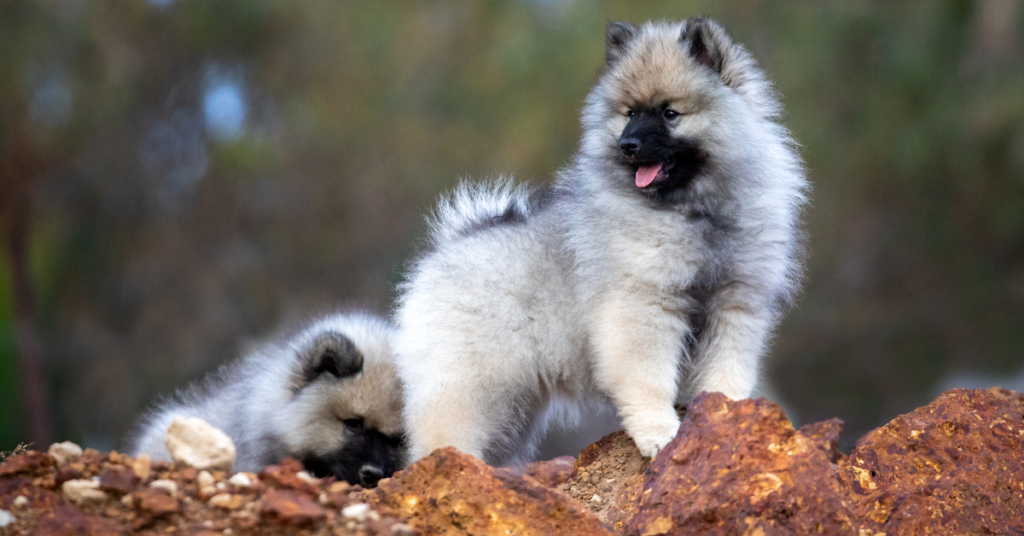
Intelligence and Trainability
The Keeshond is highly intelligent and trainable. They respond well to positive reinforcement techniques and enjoy learning new commands and tricks. Early training and socialization are important to ensure that they develop good behavior and social skills. The breed’s intelligence and eagerness to please make them suitable for various activities, including obedience training and agility. Consistent and gentle training methods work best for this intelligent breed.
Compatibility with Children and Other Pets
Keeshonds generally get along well with children and other pets, especially when properly socialized from a young age. Their friendly and affectionate nature makes them good companions for families with children. The breed is also known for its compatibility with other dogs and pets, though early introductions and socialization are important to ensure harmony. Keeshonds enjoy being part of the family and thrive in environments where they receive plenty of attention and interaction.
Health and Nutrition
The Keeshond is generally healthy, but like all breeds, they can be prone to certain health issues, including hip dysplasia, patellar luxation, and some eye conditions. Regular veterinary check-ups, a balanced diet, and proper exercise are essential to maintaining their health. Providing a high-quality diet that supports their medium size and active lifestyle is important. Owners should be mindful of portion sizes and feeding schedules to prevent obesity and associated health issues.
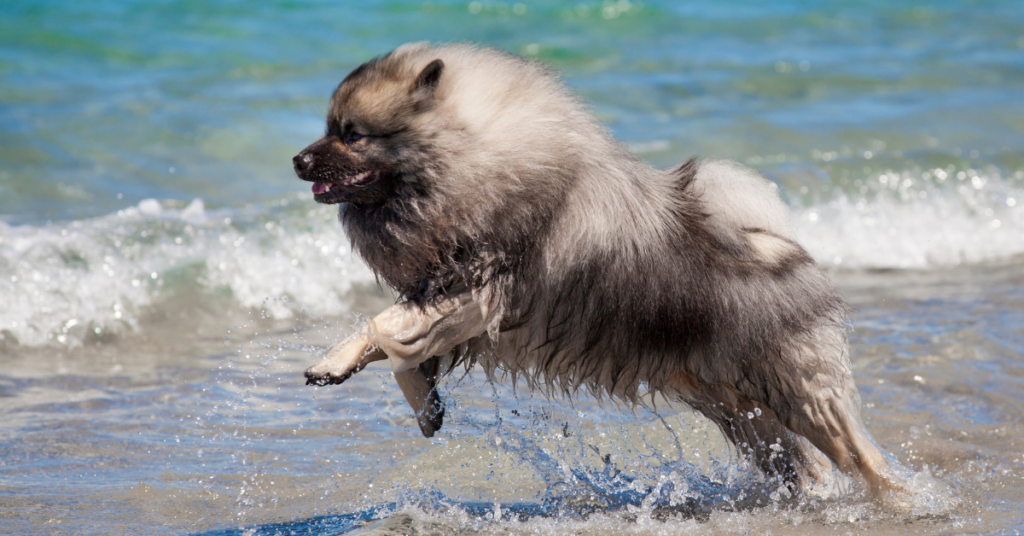
Exercise and Activity Level
Keeshonds have moderate energy levels and require regular exercise to stay healthy and happy. They enjoy daily walks, playtime, and interactive activities with their owners. The breed is well-suited for homes with yards where they can play and explore, but they can also adapt to apartment living if they receive sufficient exercise and mental stimulation. Keeshonds benefit from opportunities to engage in activities such as agility, obedience training, and interactive play.
Grooming Needs
The grooming needs of Keeshonds are high due to their thick, double coat. Regular brushing is necessary to manage shedding and to keep the coat healthy and free of tangles. Seasonal shedding, known as “blowing coat,” requires more frequent grooming to manage the increased hair loss. Bathing should be done as needed, and routine grooming tasks such as dental care, ear cleaning, and nail trimming are important to prevent common health issues. The breed’s coat requires regular maintenance to keep it clean and free of debris.
Training and Socialization
Early training and socialization are crucial for Keeshonds. Due to their intelligence and alert nature, it’s important to establish good behavior and obedience from a young age. Positive reinforcement techniques work best, as harsh training methods can be counterproductive. Socialization with other dogs, people, and different environments helps them develop into well-rounded and confident adults.
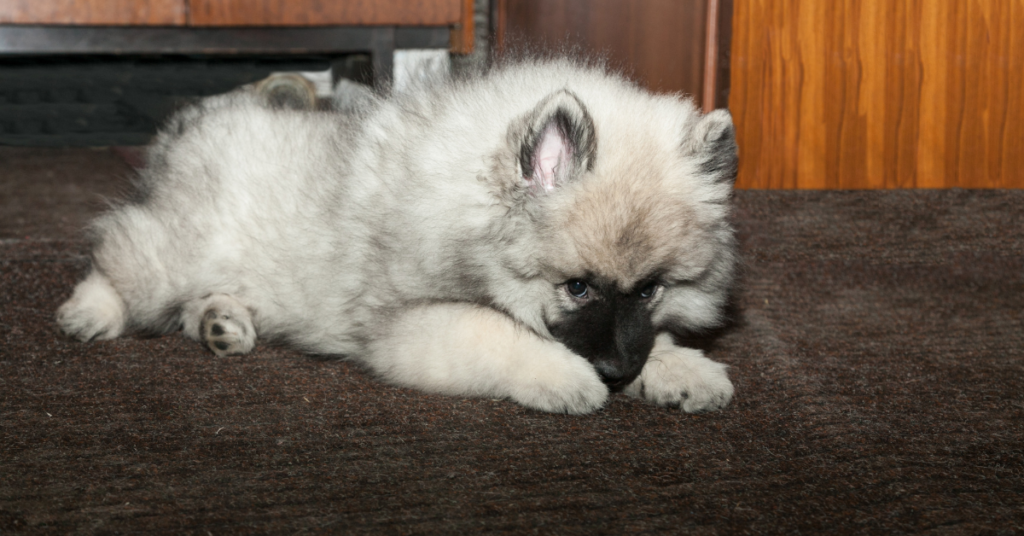
Famous Keeshonds
The Keeshond has a rich history and has been featured in various historical accounts and art. The breed was a symbol of Dutch patriotism during the 18th century and was often depicted in paintings and literature. The Keeshond’s role as a loyal companion and watchdog has made it a beloved breed among families and individuals.
Conclusion
The Keeshond is a medium-sized, friendly, and affectionate breed that makes an excellent companion for families and individuals who appreciate its striking appearance and loyal nature. With proper training, socialization, and care, a Keeshond can be a loving and devoted member of the family.


